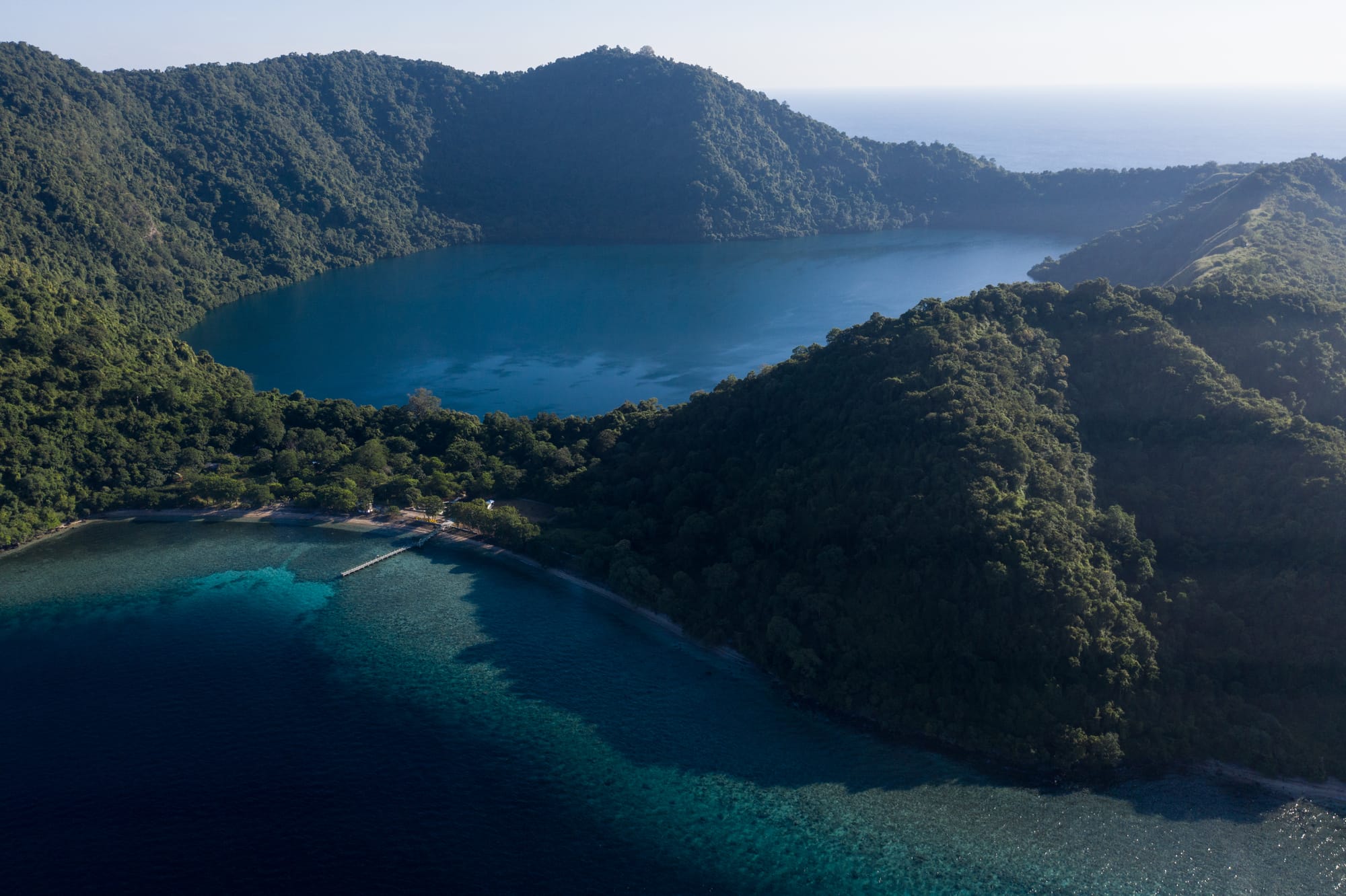The Ring of Fire is domestic to approximately 75% of the sector's active and dormant volcanoes. Stretching over 40,000 kilometers (25,000 miles), this zone spans numerous countries, including America, Canada, Japan, Indonesia, Chile, and New Zealand. Its formation is attributed to the movement of several tectonic plates, particularly the Pacific Plate, the Indo-Australian Plate, and ►
The Ring of Fire is domestic to approximately 75% of the sector's active and dormant volcanoes. Stretching over 40,000 kilometers (25,000 miles), this zone spans numerous countries, including America, Canada, Japan, Indonesia, Chile, and New Zealand. Its formation is attributed to the movement of several tectonic plates, particularly the Pacific Plate, the Indo-Australian Plate, and the smaller Philippine Sea Plate.
One of the outstanding features inside this zone is the Pacific Plate, an enormous slab of the Earth's crust continuously moving, colliding, and subducting underneath adjoining tectonic plates. This subduction method creates deep trenches, together with the Mariana Trench, the innermost part of the sector's oceans, plunging to a remarkable intensity of about 36,070 ft (10,994 meters). The Mariana Trench is a high instance of the good-sized, awe-inspiring landscapes that the Ring of Fire encompasses.
The subduction method would not stop at growing trenches; it also fuels volcanic hobby. Volcanoes alongside the Ring of Fire are regularly associated with this subduction. For instance, the Cascade Range within the Pacific Northwest of the USA is a volcanic arc formed because of the subduction of the Juan de Fuca Plate underneath the North American Plate. Iconic stratovolcanoes like Mount St. Helens and Mount Rainier are a part of this volcanic arc.
Japan, part of the Ring of Fire, is renowned for its notorious seismic activity and common earthquakes. The intersection of more than one tectonic plate in this area causes notable pressure and stress, resulting in earthquakes that have notably impacted the history and development. Modern engineering marvels in Japan, like the Tokyo Skytree and the Akashi Kaikyō Bridge, are designed to resist these seismic forces, showcasing human resilience in the face of nature's electricity.
Moving toward the Pacific, Indonesia is a top example of the Ring of Fire's geological interest. The archipelago is peppered with over one hundred thirty energetic volcanoes, making it one of the world's most volcanically lively international locations. Mount Tambora, infamous for its giant eruption in 1815, stays etched in records as the most powerful volcanic eruption in recorded human documents, impacting international climate and agriculture for years.
Further south, New Zealand is also a top-notch player within the Ring of Fire. The Taupo Volcanic Zone on the North Island is a geothermal surprise featuring warm springs, geysers, and energetic volcanoes. This place is a prime instance of the Earth's dynamic forces shaping the landscape and growing natural geothermal marvels.
The Pacific Ring of Fire is a geographical phenomenon, showcasing the relentless dance of the Earth's tectonic plates and the ensuing geological wonders. It is a reminder of the Earth's dynamic and ever-converting nature, highlighting the interconnectedness of our global. While offering challenges, the Ring of Fire additionally gives a glimpse into the Earth's immense energy and the resilience of lifestyles amidst the forces that shape our planet.
◄
